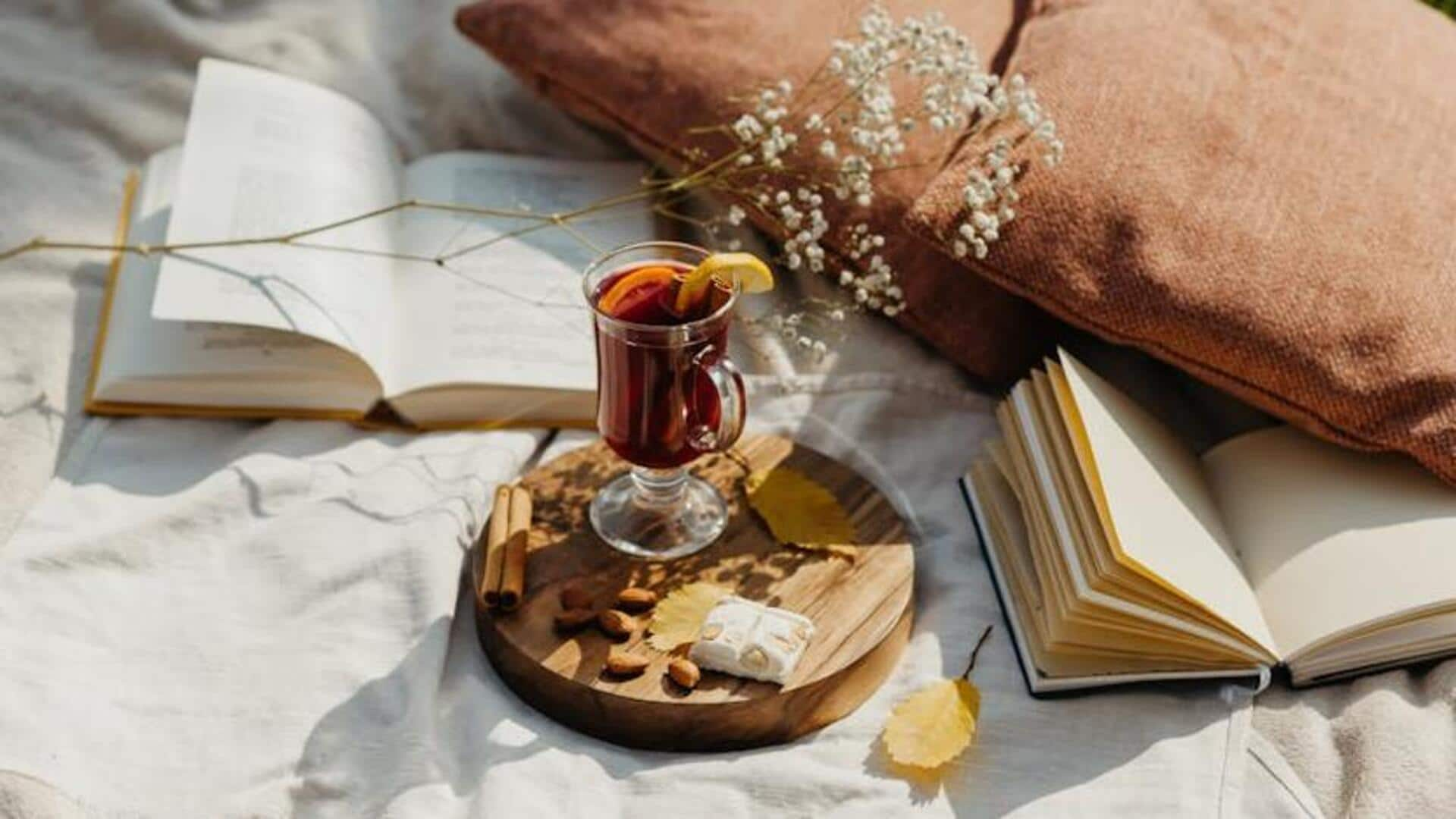
Unveiling Copenhagen's hygge myths
What's the story
Copenhagen, Denmark's cozy capital, is often synonymous with the concept of hygge. This Danish term, hard to translate directly into English, encompasses feelings of warmth, coziness, and contentment. It is a lifestyle that has been romanticized globally but also misunderstood. Let's debunk some common myths about Copenhagen's hygge culture to help travelers grasp its true essence.
Winter myth
Hygge is only for winter
Many believe hygge is exclusive to winter, when people gather indoors by the warmth of candlelight. However, hygge is a year-round pursuit in Copenhagen. In summer, it comes alive in picnics in parks, leisurely bike rides, and outdoor concerts. The essence of hygge lies in appreciating simple pleasures and moments of contentment, no matter the season.
Material myth
Hygge requires special items
Another myth suggests you need specific items like candles or woolen blankets to achieve hygge. While Danes do appreciate these things for their cozy ambiance, hygge's true spirit is about presence and togetherness. It's found in shared meals at home or quiet moments enjoying the city's beauty. You don't need to buy anything special; it's more about mindset than material goods.
Exclusivity myth
Only locals can experience true hygge
Some think that as an outsider, experiencing true hygge is out of reach. This isn't the case. Visitors can immerse themselves in Copenhagen's culture by engaging with locals at cafes or community events, and embracing Danish customs like cycling everywhere or enjoying a quiet moment by the canal. Hygge is accessible to anyone willing to slow down and savor life's joys.
Cafe Myth
Expensive cafes are the best places for hygge
The myth is that fancy cafes are needed for hygge. In truth, hyggelige moments often occur in simpler places like neighborhood bakeries or picnics in parks. It's about how you enjoy your surroundings, not where you are. This insight allows travelers to embrace Danish culture by valuing simple pleasures and community. They fully experience hygge during their Copenhagen visit.